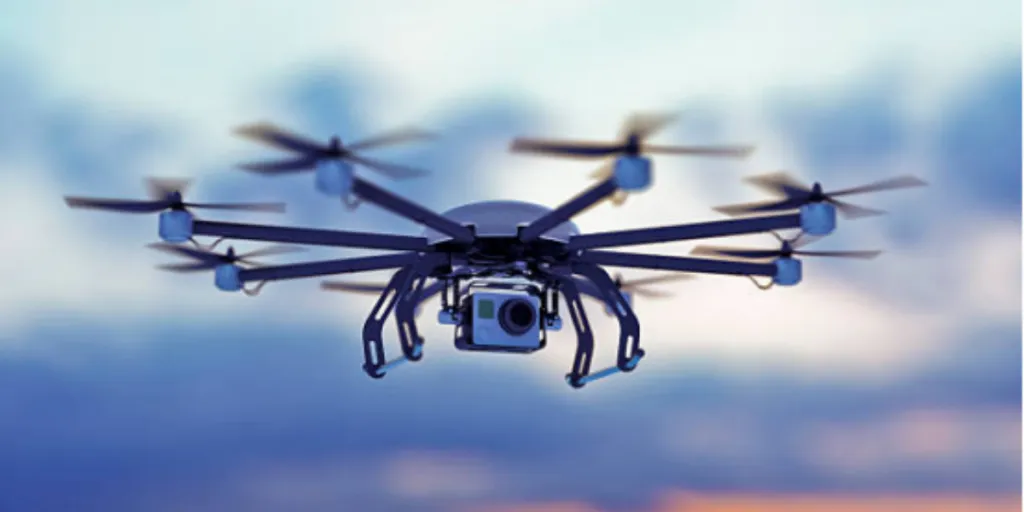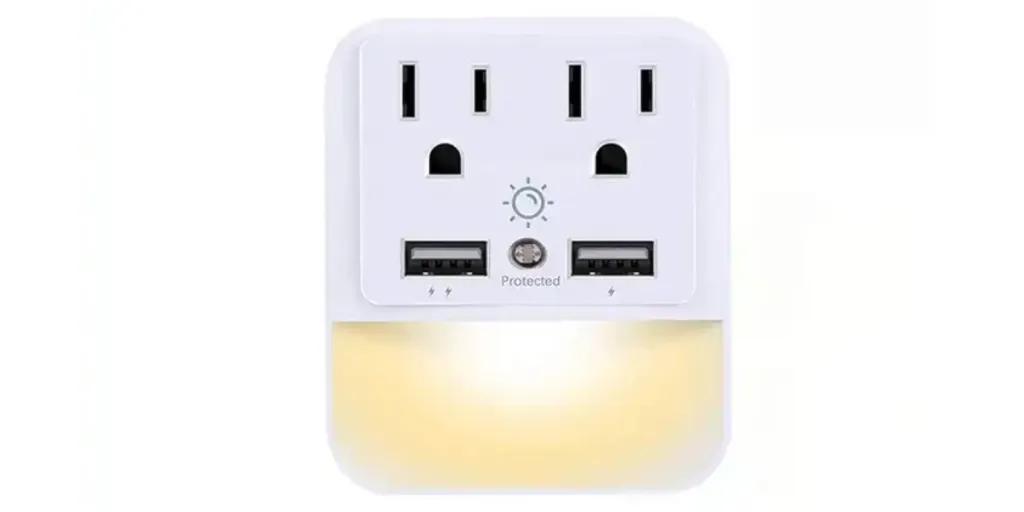In the rapidly evolving world of technology, drones have emerged as indispensable tools, revolutionizing sectors from logistics to cinematography. For businesses, these flying marvels offer unparalleled efficiency, capturing high-resolution aerial footage, optimizing delivery routes, and even assisting in large-scale inspections. As 2024 unfolds, the drone landscape promises even more advanced capabilities, ensuring that businesses not only stay ahead of the curve but also harness the full potential of these aerial powerhouses.
Table of Contents
Understanding the drone landscape in 2024
Key considerations before making a purchase
Top features to look out for
Conclusion
Understanding the drone landscape in 2024

The evolution of drone technology
Drones, once a novelty, have undergone significant transformations over the years. From their initial use in military applications to their widespread adoption in various industries, their evolution has been nothing short of remarkable. Recent advancements, particularly in artificial intelligence (AI) and machine learning, have further propelled drones into the limelight. These technological integrations enable drones to perform intricate tasks autonomously, reducing human intervention and increasing efficiency. For instance, AI-powered navigation systems now allow drones to autonomously inspect infrastructure, while AI-driven data analysis aids in monitoring and optimizing agricultural yields.
Drones for different purposes
The versatility of drones is evident in their varied applications across sectors. While recreational drones have gained popularity among enthusiasts, professional drones cater to specialized tasks in industries like agriculture, construction, and public safety. The distinction doesn’t end there. Specialized drones, equipped with advanced features, are tailor-made for specific industries. For example, drones designed for agricultural purposes might come with sensors to monitor soil health, while those in the entertainment sector might be equipped for choreographed light shows. This diversification underscores the importance of selecting a drone based on its intended purpose.
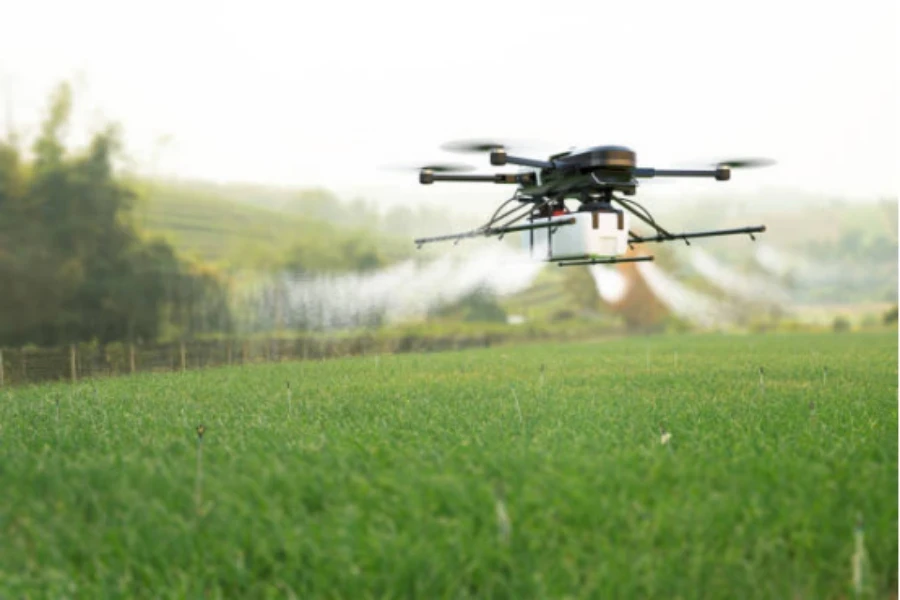
The global impact of drones
The global resonance of drones is undeniable. In 2022, the global commercial drone market was valued at approximately USD 8.77 billion. They’ve proved their mettle in sectors ranging from agriculture and construction to delivery and public safety. Drone delivery services, once a concept of the future, are now a reality, with giants like Amazon and Google leading the charge. The growth trajectory of drone delivery services is expected to soar even higher. The market is projected to grow from USD 10.98 billion in 2023 to USD 54.81 billion by 2030, according to experts. Another notable trend is the emergence of swarm technology, where multiple drones collaborate in real-time, enhancing efficiency in tasks like search and rescue operations and environmental monitoring. As drones continue to permeate various industries, their global impact is set to be even more profound, reshaping traditional business models and operational methodologies.
Key considerations before making a purchase
Regulatory insights
Navigating the drone landscape requires a keen understanding of the regulations that govern their use. The Federal Aviation Administration (FAA) is the primary body overseeing drone operations in the United States. They’ve established guidelines that every drone pilot, whether recreational or commercial, must adhere to. For instance, drones must typically fly at or below 400 feet, be registered (unless they weigh less than 0.55 pounds), and always remain within the pilot’s visual line of sight. Additionally, there are specific zones, such as near airports, where drone operations are restricted. With the increasing adoption of drones, the FAA has been proactive in updating these regulations to ensure safety while accommodating technological advancements.
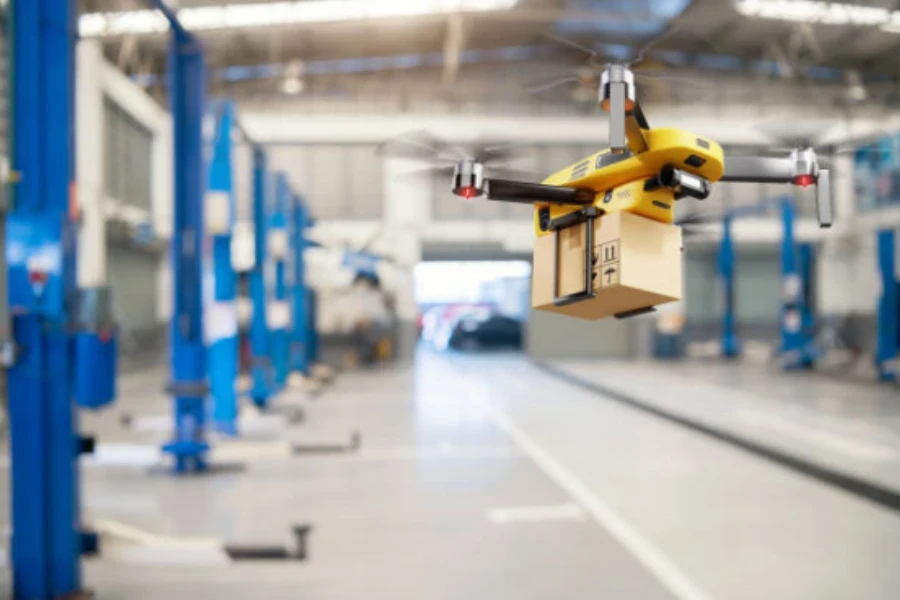
Purpose-driven selection
Choosing the right drone hinges on its intended use. While recreational drones are often used for personal enjoyment and may not require advanced features, professional drones are tailored for specific tasks. For instance, a drone intended for agricultural use might be equipped with sensors to monitor soil health, whereas one designed for cinematography would prioritize camera quality and stabilization. It’s essential to align the drone’s features with its purpose to ensure optimal performance and value for money.
Budgeting for quality
In the world of drones, like many other tech products, you often get what you pay for. While it might be tempting to opt for a cheaper model, it’s crucial to consider the long-term value. Investing in a drone with advanced features, robust build quality, and reliable after-sales support can offer better returns in the long run. For businesses, this means fewer disruptions due to technical issues and the ability to leverage the drone’s capabilities to their fullest. Balancing the budget with the desired features and quality ensures that the purchase is both cost-effective and fit for purpose.
Top features to look out for
Flight time and battery longevity
The significance of battery life in drone operations cannot be overstated. A drone’s battery life determines how long it can stay airborne, impacting the quality and quantity of footage captured. For instance, the DJI Mini 4 Pro boasts a standard battery that offers around 34 minutes of flight time. However, for those willing to invest in an extended life battery, flight times can be pushed beyond 45 minutes. Such longevity is crucial for business professionals and online retailers who require extensive aerial footage for their operations.
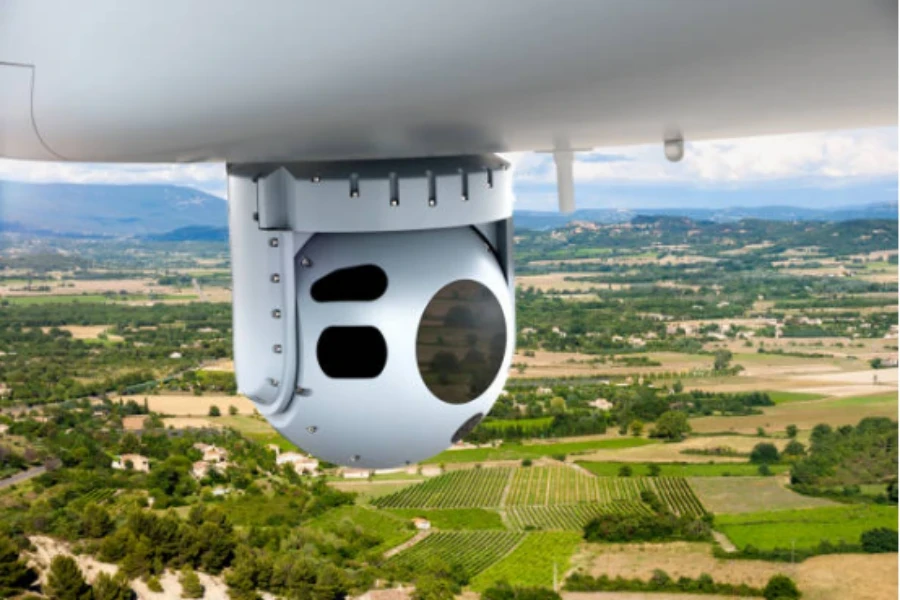
Camera capabilities and stabilization
Camera quality and stabilization are paramount for capturing high-quality footage. The DJI Air 2S, for instance, is equipped with an oversized Type 1 sensor, enabling it to capture superior 20MP stills compared to other drones in the DJI Mini series. This drone supports 5.4K30 and 4K60 video with various profiles and can snap photos in both Raw or JPG format. For business professionals, such camera capabilities ensure that the footage and images captured are of the highest quality, suitable for various commercial applications.
Safety and navigation features
Safety and navigation are critical when operating drones. Features like GPS location, obstacle sensors, and ADS-B, which warns of nearby manned aircraft, are becoming standard in top-tier drones. The DJI Air 2S, for example, comes equipped with these safety features, ensuring safer flights. Another notable mention is the DJI Air 3, which boasts a 360-degree obstacle avoidance system, enhancing automated camera moves and follow-me flights, making it nearly crash-proof even during manual flight.
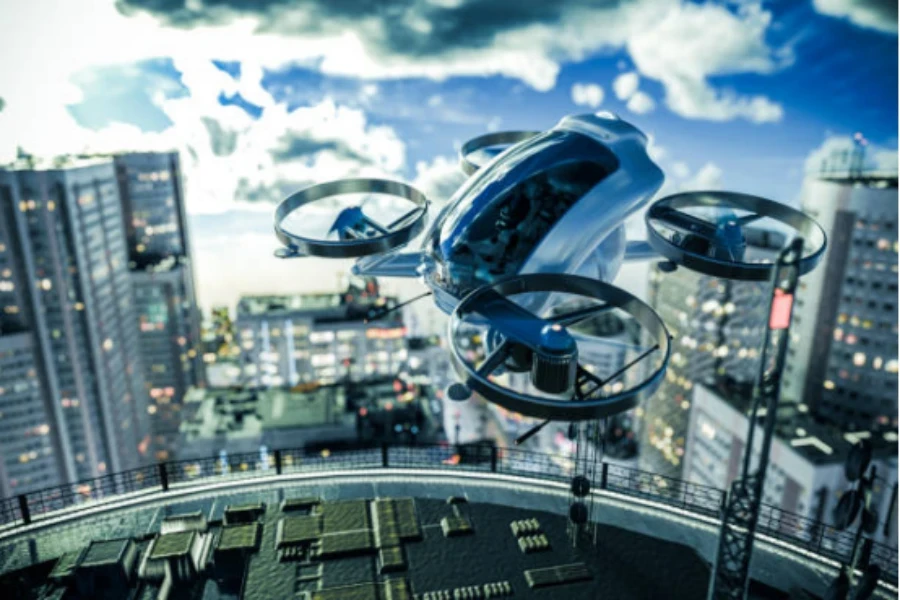
The rise of autonomous technology
Advanced autonomous features are revolutionizing drone choices. The DJI Mini 4 Pro, for instance, comes with a full 360-degree obstacle avoidance system, automated flight modes, and a Quad Bayer camera. One of its standout features is the APAS function, which autonomously navigates the drone through intricate spaces, even at low altitudes. Such advancements in autonomous technology are shaping the future of drones, making them more intelligent and capable of handling complex tasks with minimal human intervention.
The drone industry has witnessed rapid advancements in recent years. From extended battery lives to sophisticated camera systems and advanced safety features, today’s drones are more equipped than ever to cater to the needs of business professionals and online retailers. As technology continues to evolve, it’s evident that drones will play an even more significant role in various industries, offering unparalleled capabilities that were once deemed impossible.
Conclusion
The evolution of drones from recreational gadgets to indispensable business tools underscores their growing significance in various sectors. For business professionals and online retailers, making an informed drone purchase is crucial, considering the myriad of advanced features available today. It’s about understanding long-term value rather than just the upfront cost. As technology advances, drones are set to become even more integral to business operations. Staying updated with these innovations is essential for businesses to remain competitive in a dynamic market landscape.
